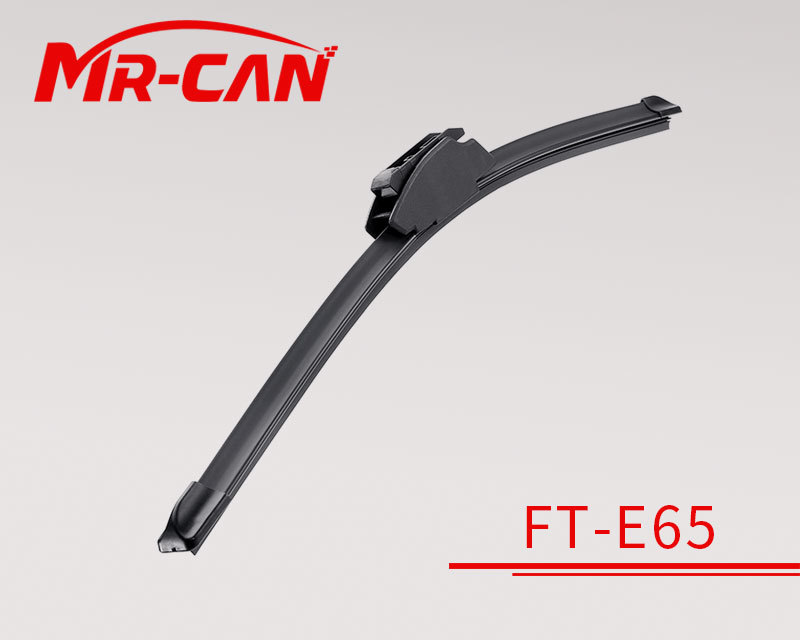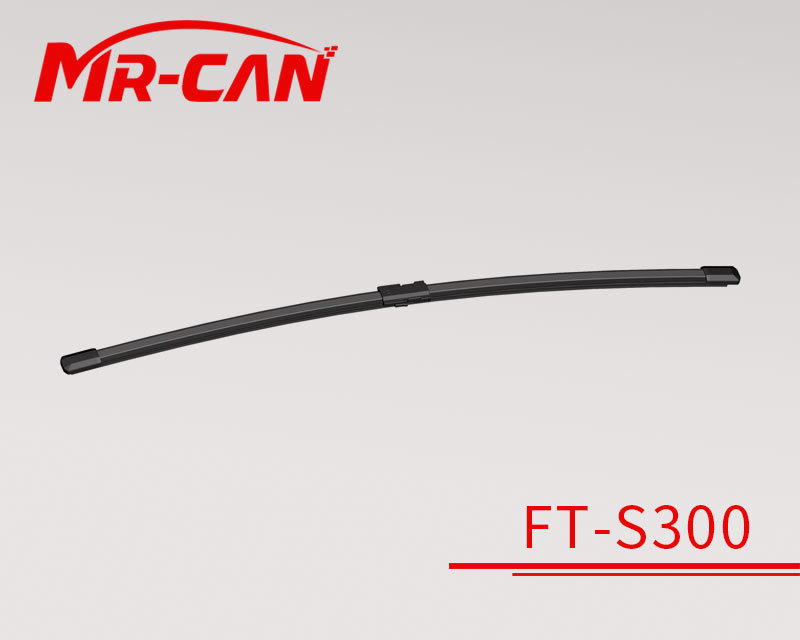Drive Safely in the Rain: How Rear Car Wipers Improve Visibility
Release Time:
Oct 09,2025
Drive Safely in the Rain: How Rear Car Wipers Improve Visibility Table of Contents 1. Why Rear Wipers Matter for Safe Driving 2. Understanding Rear Wiper Functionality 3. The Importance of Visibility in Rainy Conditions 4. Choosing the Right Rear Wiper for Your Vehicle 5. Maintaining Your Rear Wiper for Optimal Performance 6. Common Problems with Rear Wipers and How to Fix

Drive Safely in the Rain: How Rear Car Wipers Improve Visibility
Table of Contents
- 1. Why Rear Wipers Matter for Safe Driving
- 2. Understanding Rear Wiper Functionality
- 3. The Importance of Visibility in Rainy Conditions
- 4. Choosing the Right Rear Wiper for Your Vehicle
- 5. Maintaining Your Rear Wiper for Optimal Performance
- 6. Common Problems with Rear Wipers and How to Fix Them
- 7. The Benefits of Rear Wipers Beyond Visibility
- 8. Frequently Asked Questions
1. Why Rear Wipers Matter for Safe Driving
Driving in rainy conditions can pose significant challenges for motorists, especially concerning visibility. Rear car wipers play a crucial role in enhancing safety by providing clear visibility through the rear windshield. While front wipers are often prioritized, the rear wiper is equally essential, particularly for vehicles with large rear windows or hatchbacks. Understanding the value of rear wipers can make the difference between a safe trip and an accident.
2. Understanding Rear Wiper Functionality
Rear wipers are designed to remove rain, snow, and debris from the back windshield, similar to front wipers. Their functionality hinges on several components, including the wiper arm, wiper blade, and motor. The motor powers the wiper arm, which moves the blade back and forth across the glass. Many modern vehicles also feature intermittent settings, allowing drivers to adjust the speed or frequency of the wipe according to the intensity of the rain.
Components of a Rear Wiper System
To grasp how rear wipers enhance visibility, it's essential to understand their components:
- **Wiper Arm**: The metal piece that connects the wiper motor to the blade.
- **Wiper Blade**: The rubber part that makes contact with the glass, clearing away moisture.
- **Wiper Motor**: The electrical component that powers the wiper arm's movement.
3. The Importance of Visibility in Rainy Conditions
Visibility is paramount when driving, and rain can severely hinder it. Reducing visibility increases the risk of collisions and accidents. Rear wipers help maintain a clear view of the road and surrounding traffic, allowing for safer maneuvering. This is especially critical when changing lanes or reversing.
Impact of Poor Visibility on Driving Safety
Driving with obscured vision can lead to various risks, including:
- **Increased Reaction Time**: Reduced visibility can delay response to obstacles or traffic signals.
- **Blind Spots**: Lack of visibility can create blind spots, increasing the chances of accidents.
4. Choosing the Right Rear Wiper for Your Vehicle
Selecting the appropriate rear wiper depends on several factors, including vehicle make and model, wiper size, and blade type. Ensuring compatibility is crucial for optimal performance.
Types of Rear Wiper Blades
There are generally two types of rear wiper blades:
- **Conventional Blades**: These feature a metal frame and rubber blade, offering flexibility.
- **Beam Blades**: These are made from a single piece of rubber and are designed to conform better to the curved surface of the windshield, providing more consistent contact and improved performance.
5. Maintaining Your Rear Wiper for Optimal Performance
Regular maintenance of the rear wiper is essential for ensuring its effectiveness. A well-maintained rear wiper not only improves visibility but also extends the life of the wiper components.
Tips for Rear Wiper Maintenance
- **Regular Cleaning**: Keep the wiper blade and the rear windshield clean to prevent streaks.
- **Inspect for Wear**: Check the blade for any signs of damage, such as cracks or tears.
- **Replace as Needed**: Generally, it’s advisable to replace wiper blades every six months to a year, depending on usage and environmental factors.
6. Common Problems with Rear Wipers and How to Fix Them
Rear wipers can encounter issues that hinder their functionality. Some common problems include:
- **Wiper Not Moving**: This could be due to a faulty motor or a blown fuse. Checking the electrical connections can help diagnose the issue.
- **Streaking or Smearing**: This often indicates that the wiper blade is worn out and needs replacement.
- **Noisy Operation**: Squeaking or grinding noises can signal that the wiper arm is misaligned or the motor is failing.
Troubleshooting Rear Wiper Issues
For minor issues, a simple fix may suffice. For example:
- **To fix streaking**, clean the blade with a damp cloth or replace it if it’s damaged.
- **For a wiper that doesn’t move**, check the fuse and electrical connections before considering a motor replacement.
7. The Benefits of Rear Wipers Beyond Visibility
While the primary function of rear wipers is to enhance visibility, they offer additional benefits that contribute to overall driving safety and comfort.
Enhancing Vehicle Aesthetics
A functioning rear wiper also improves the appearance of your vehicle. An unobstructed, clear rear window looks better and helps maintain the vehicle's resale value.
Protection from Ice and Snow
During winter months, rear wipers can help prevent ice and snow build-up, ensuring that drivers have a clear view when starting their vehicles in cold weather. This feature is particularly beneficial in regions that experience heavy snowfall.
8. Frequently Asked Questions
What is the lifespan of a rear wiper blade?
Typically, rear wiper blades should be replaced every six months to a year, depending on usage and environmental factors.
Can I use front wiper blades on my rear windshield?
It is not advisable to use front wiper blades on the rear windshield due to size and design differences. Always choose blades that are specifically designed for the rear.
How do I know if my rear wiper motor is working?
If the wiper does not move when activated, check for electrical issues, such as a blown fuse or faulty wiring. If those components are functioning, the motor may need to be replaced.
Why is my rear wiper making noise?
Noisy operation can indicate issues with the wiper arm alignment or a failing motor, both of which should be inspected promptly.
Can I install a rear wiper blade myself?
Yes, most rear wiper blades can be easily installed by following the manufacturer's instructions or user manual. It generally requires no special tools.
Conclusion
Rear car wipers are essential for maintaining visibility during rainy conditions, enhancing not only safety but also overall driving comfort. As we've explored, choosing the right wiper, maintaining it properly, and understanding its functionality are key to ensuring a clear view of the road. By prioritizing the maintenance of rear wipers, drivers can significantly reduce the risks associated with poor visibility and ensure safer journeys in wet weather. Always remember that a small investment in quality wipers can lead to greater safety on the road.
Keywords:
More information




